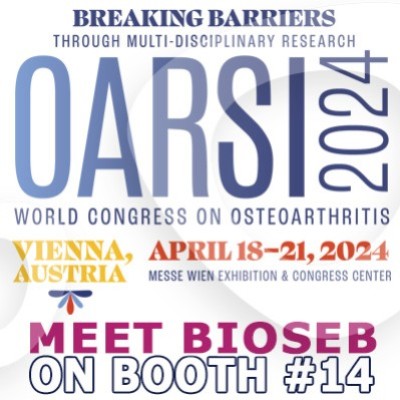Authors
M.-G. Liu, S. Matsuura, M. Shinoda, K. Honda, I. Suzuki et al.
Lab
Nihon University School of Dentistry, Tokyo, Japan.
Journal
Journal of Neuroinflammation
Abstract
Background
In the orofacial region, limited information is available concerning pathological tongue pain, such as inflammatory pain or neuropathic pain occurring in the tongue. Here, we tried for the first time to establish a novel animal model of inflammatory tongue pain in rats and to investigate the roles of metabotropic glutamate receptor 5 (mGluR5)-extracellular signalregulated kinase (ERK) signaling in this process.
Methods
Complete Freund’s adjuvant (CFA) was submucosally injected into the tongue to induce the inflammatory pain phenotype that was confirmed by behavioral testing. Expression of phosphorylated ERK (pERK) and mGluR5 in the trigeminal subnucleus caudalis (Vc) and upper cervical spinal cord (C1-C2) were detected with immunohistochemical staining and Western blotting. pERK inhibitor, a selective mGluR5 antagonist or agonist was continuously administered for 7 days via an intrathecal (i.t.) route. Local inflammatory responses were verified by tongue histology.
Results
Submucosal injection of CFA into the tongue produced a long-lasting mechanical allodynia and heat hyperalgesia at the inflamed site, concomitant with an increase in the pERK immunoreactivity in the Vc and C1-C2. The distribution of pERK-IR cells was laminar specific, ipsilaterally dominant, somatotopically relevant, and rostrocaudally restricted. Western blot analysis also showed an enhanced activation of ERK in the Vc and C1-C2 following CFA injection. Continuous i.t. administration of the pERK inhibitor and a selective mGluR5 antagonist significantly depressed the mechanical allodynia and heat hyperalgesia in the CFA-injected tongue. In addition, the number of pERK-IR cells in ipsilateral Vc and C1-C2 was also decreased by both drugs. Moreover, continuous i.t. administration of a selectivemGluR5 agonist induced mechanical allodynia in naive rats.
Conclusions
The present study constructed a new animal model of inflammatory tongue pain in rodents,and demonstrated pivotal roles of the mGluR5-pERK signaling in the development ofmechanical and heat hypersensitivity that evolved in the inflamed tongue. This tongueinflamedmodel might be useful for future studies to further elucidate molecular and cellular mechanisms of pathological tongue pain such as burning mouth syndrome.
BIOSEB Instruments Used:
Electronic Von Frey 4 (BIO-EVF4),Electronic Von Frey 5 with embedded camera (BIO-EVF5)

 Pain - Thermal Allodynia / Hyperalgesia
Pain - Thermal Allodynia / Hyperalgesia Pain - Spontaneous Pain - Postural Deficit
Pain - Spontaneous Pain - Postural Deficit Pain - Mechanical Allodynia / Hyperalgesia
Pain - Mechanical Allodynia / Hyperalgesia Learning/Memory - Attention - Addiction
Learning/Memory - Attention - Addiction Physiology & Respiratory Research
Physiology & Respiratory Research
 Pain
Pain Metabolism
Metabolism Motor control
Motor control Neurodegeneration
Neurodegeneration Cross-disciplinary subjects
Cross-disciplinary subjects Muscular system
Muscular system General activity
General activity Mood Disorders
Mood Disorders Other disorders
Other disorders Joints
Joints Central Nervous System (CNS)
Central Nervous System (CNS) Sensory system
Sensory system Bioseb on booth #14 at OARSI 2024 in Vienna
Bioseb on booth #14 at OARSI 2024 in Vienna 
